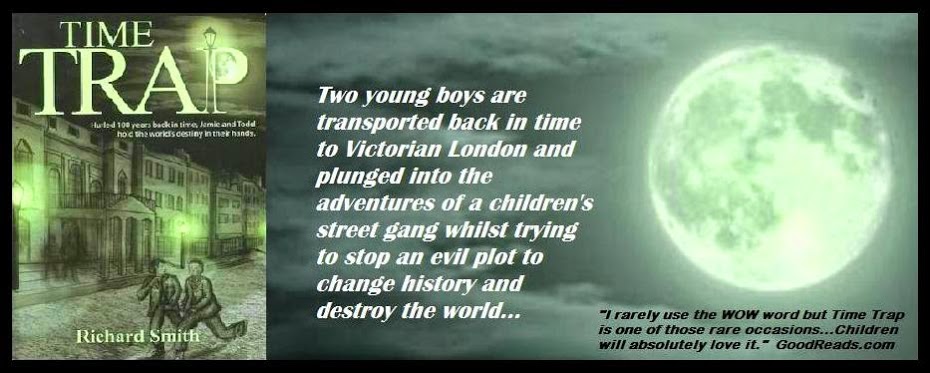 Welcome to my Friday featured character from a Rukia featured author. Today it's the turn of author Richard Smith to introduce Catherine Mary Wallace from his excellent children's book Time Trap. For those of you who need some background information on Time Trap, here is a synopsis from the Time Trap website. TODD'S IN A STREET GANG, JAMIE WANTS TO BE. TO GET HIS FRIEND'S BACKING AND JOIN THE RIVERSIDE POSSE, HE TAKES HIM TO A SECRET LABORATORY. BUT DISASTER IS ABOUT TO STRIKE...Who was the mysterious Hector Lightfoot? What was he up to when he disappeared, and who were the two ghosts once seen in his house? School friends Jamie and Todd are destined to find out when they go to London to spend a weekend with Jamie's Uncle Simon, who now lives in that very house. Soon after they arrive, Jamie has a frightening encounter with the two ghosts. Hector, a veteran from the First Afghan War, joined a covert expedition to China, and afterwards worked on a secret Government project in an underground lab at theBritish Museum. He vanished suddenly, and was never heard from again. Simon takes the boys to the lab, where they find a strange contraption – which, unknown to any of them, is a time-travel device. When the building is struck by lightning, the device is energized, and sends the boys back in time to the year 1862. There, surrounded by danger and exposed to disease, they are sucked into a life of crime in order to survive. Only if they can find Hector will they have any chance of getting home again. But why has he gone into hiding? Who is the man after him and what does he want? As the boys struggle to escape back to their own time, Jamie becomes convinced that the two ghosts he saw earlier are following them… Welcome Richard, please tell us more about Catherine. Thank you Sarah Jane. Catherine Mary Wallace is one of Time Trap's most popular characters. Catherine Mary Wallace Catherine was born in 1827 to upper-middle class Scottish parents. When she was three, the family moved from Edinburgh to Kensington, London. From around that time, she could remember the house in London being busy a lot of the time. My early childhood memories of my father were at our house, where serious-looking men in top hats and long-tailed coats would often join him to talk and drink gin. Little did I know, back then, they were scientists, like my father - although he was the most eminent of them all, and made vital discoveries in medicine. Apart from when he held these big gatherings, I almost never saw him, as he was working all hours at the laboratory. Taken from Catherine’s memoirs - 1898 Her father sent her to a strict school for girls, in Buckinghamshire, which had a high success rate. It was the harsh regime there which gave Catherine her steely willpower and drive. When I first arrived at the school, I was devastated that my father had chosen to send me there. As well as being taught by austere and distant teachers, I was bullied by a small clique of girls, who taunted me for being Scottish. It was hell for the first 12 months, but the day came when I put an end to the torment: I took on the ring-leader and beat her. I gained their respect and from then on, I was able to study without distraction. Catherine excelled in her second year, achieving top marks in all subjects. She continued to achieve a high standard throughout her school career, which enabled her to make a choice from all the sciences: she selected Astronomy. I was torn between Astronomy and Chemistry. I loved them both. My father wanted me to opt for Chemistry, but the stars won the day. I wanted to follow in the footsteps of the great astronomers, Newton, Halley and William and Caroline Herschel. Making her way in the scientific world in the 19th Century proved difficult; women were hardly represented in any professional field, and were actually discouraged from pursuing a career. Caroline Herschel learned astronomy as an assistant to her brother William. Only when William was away from home did Caroline have much opportunity to use the telescopes that they and another brother had built together. In 1783, she discovered fourteen nebulae, and between 1786 and 1797, she discovered eight comets - proving that women were just as competent as men. Caroline Herschel and Mary Fairfax Somerville were such inspirations to me. I was fortunate to meet Mary, a fellow Scot, on a number of occasions. I eventually made it into Astronomy without my father’s influence - something which I am very proud of (as is he) - although he was there with his connections if I had failed. The number of women scientists working with their husbands grew in the 19th Century. Notable examples are Mary Lyell, a conchologist; Marie Pasteur, a biologist; Mary Buckland, a geologist and the astronomer Margaret Huggins. Yet, despite all their accomplishments, it was a commonly-held belief that developing a woman's intellectual capacity would always diminish her reproductive capacity. Venturing into science in the mid-1800’s was very difficult for a woman, without a prominent, well-connected man’s help. My father was friends with the engineer, Hector Lightfoot, and in 1849, he introduced us. I was 22 and Hector was 15 years older - and was a dashing, former, army captain. He introduced me to the Science Council at the Science Institute in Golden Lane, and I was accepted. It was the breakthrough that I needed. Catherine quickly established herself at the Science Institute, with her discovery of nebulae, and was one of the first to suggest that stars were suns - which was confirmed in 1861 by William and Margaret Huggins. Almost her entire life revolved around her work, leaving no time for anything else. I loved my work, and with every success I was helping other women in their struggles to lead a life in science. In 1851, I accompanied Hector to the Great Exhibition, where some of his work was featured. He had made huge in-roads in engineering - a remarkable achievement, as he’d served in the army until he was 33. It was while we were at the Great Exhibition that he went down one knee and proposed. He had, of course, asked my father’s permission first, and been given it, but I declined - although I knew it hurt him. He left for China soon after, on a secret mission. The following year, Catherine’s life came crashing down when her father died of Cholera. The Summer of 1852 was the worst time of my life. My father contracted cholera in July and died the following month. I still regret to this day that I didn’t spend more time with him after working at the Institute. Unfortunately, nothing else mattered to me, I was deeply involved with my work, and every time he suggested we meet, I told him I was too busy. It hurts to admit it, but I neglected my father. And as the months wore on, I began to miss Hector more and more. From 1852 to 1856, Catherine continued her important work, and carried on making vital discoveries. In 1855, she was awarded into the Fellows of the Royal Society: she had well and truly made her mark. In 1856, Hector Lightfoot returned from China with an extraordinary proposition. In the Spring of 1856, Hector appeared out of the blue. How pleased I was to see him. He told me of his amazing adventures in China, and wanted my help with an astonishing project, backed by the Science Council. For the next five years, he and I worked closely - non-stop - on the secret project - with which - although it went against my ethics, I proceeded, because of Hector’s noble intentions. After five years, the project - which even now, 37 years later, remains a secret - was finished. We had achieved our aim. The diligent work which Catherine and Hector Lightfoot together undertook at the Science Institute stopped after five years when, in December, 1861, Hector went missing under suspicious circumstances. I can’t say too much about this time, as I’m sworn to secrecy, but I can say, that one year after Hector’s disappearance, two boys, Jamie and Todd came into my life, and we were involved in a tremendous adventure, culminating in me reuniting with Hector. The boys were not around for long, but they had an everlasting effect on Hector and on me. I said yes to Hector’s second marriage proposal and we got married in 1863. If I was to be honest, I loved Hector soon after we met, but my work was so important to me that I couldn’t allow distractions. Now, at the age of 71, I continue my work in Astronomy, and am every bit fascinated with it today as I was when I began. With the new century almost upon us and Hector still reasonably active at 86, we are both optimistic for the future, and know that, one day, man will reach and walk on the moon. Thank you Richard, what an amazing insight. Although this is technically a childrens book I thoroughly enjoyed it. You can read my review on Amazon For more on Time Trap and Author Richard Smith visit his website
0 Comments
Leave a Reply. |
FREE EBOOK ALERT!LIVE CLEAN
|
Photos from Rising Damp, Nelo Hotsuma, Archives New Zealand

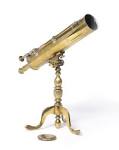
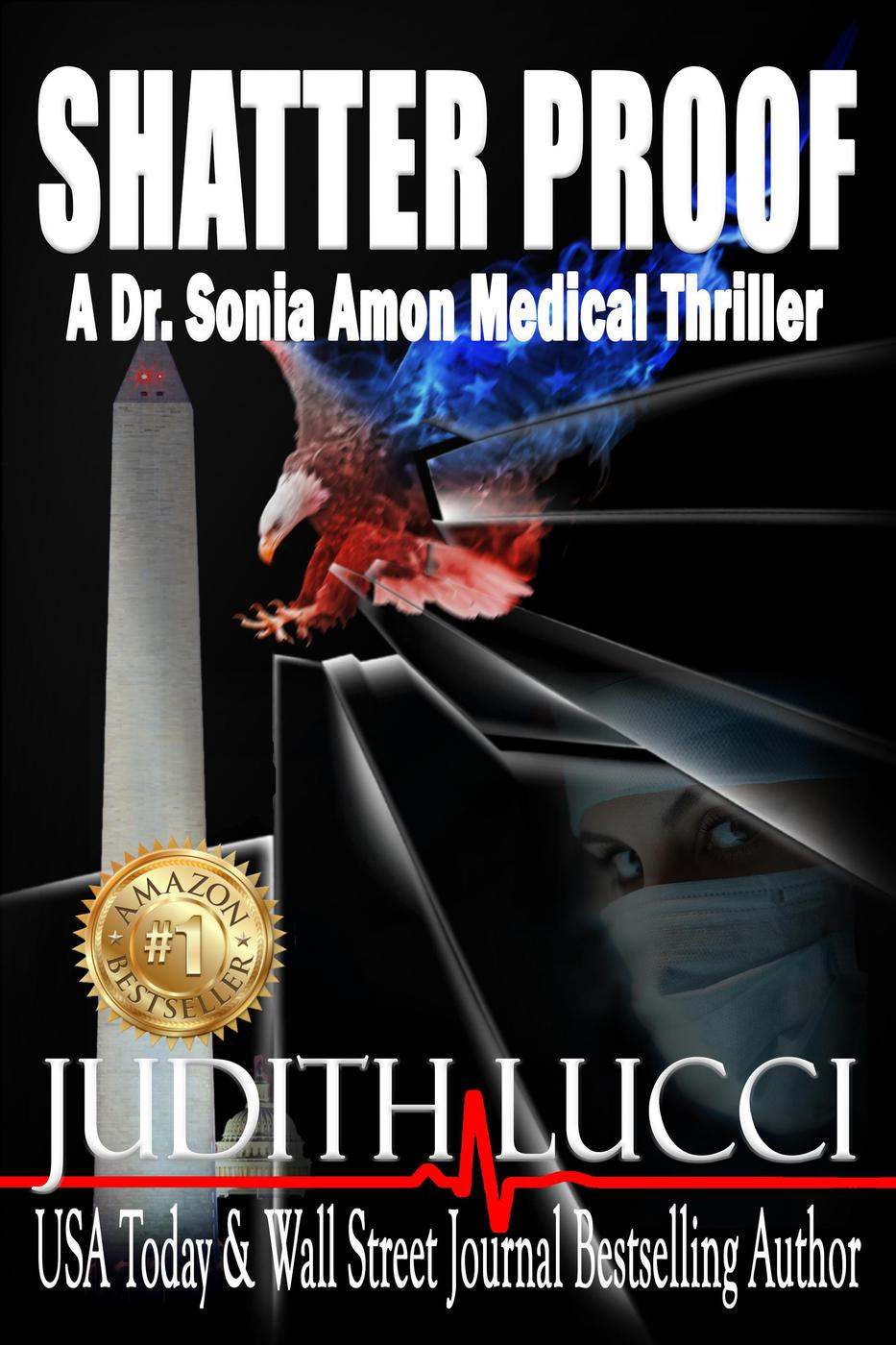

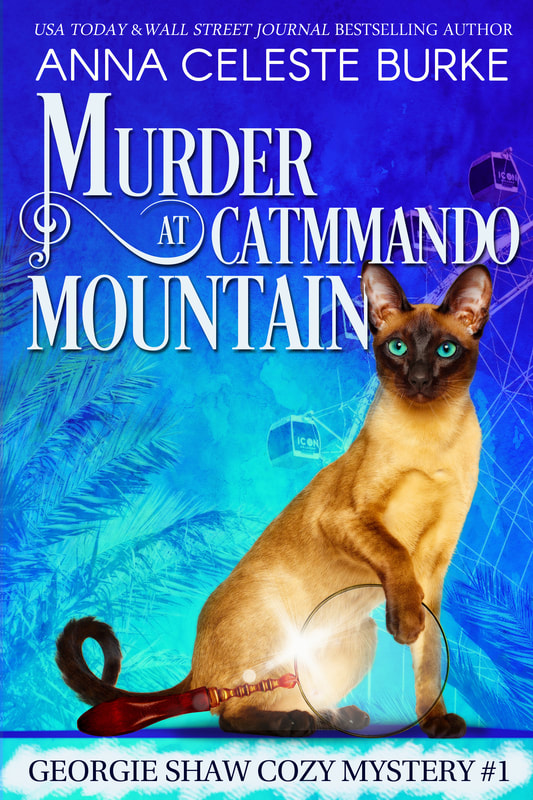
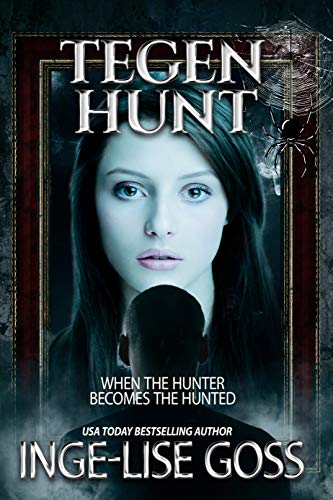
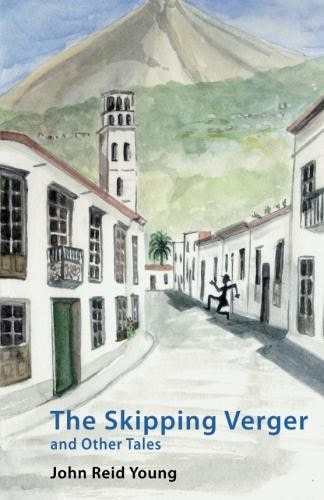

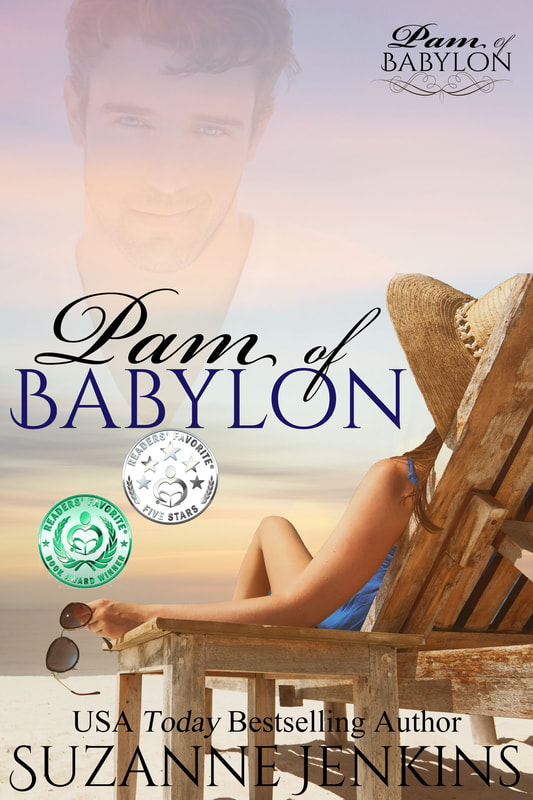



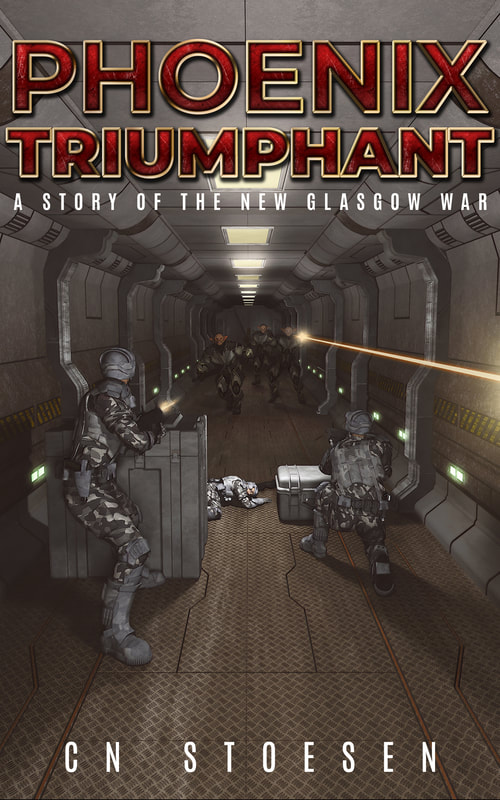
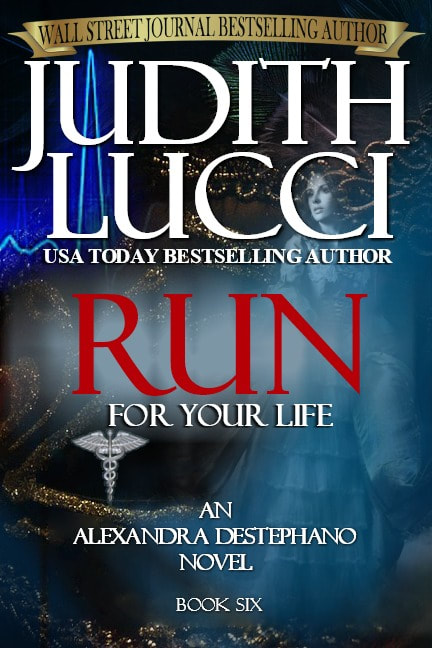


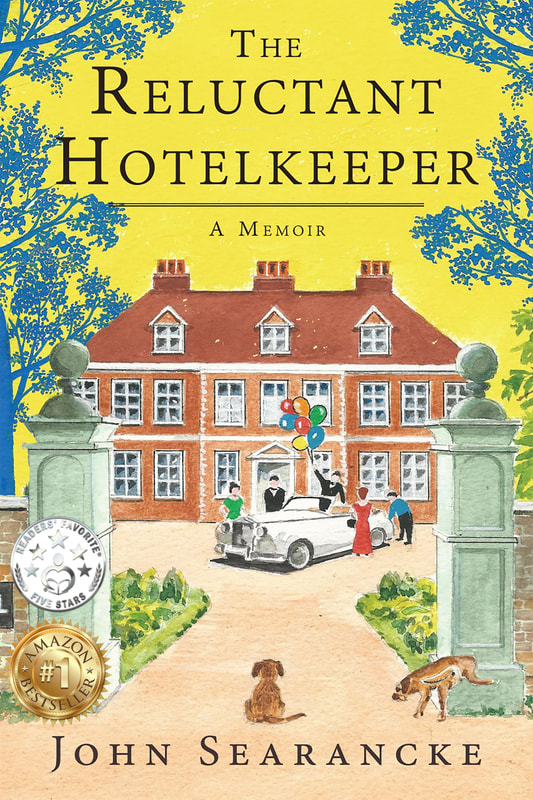

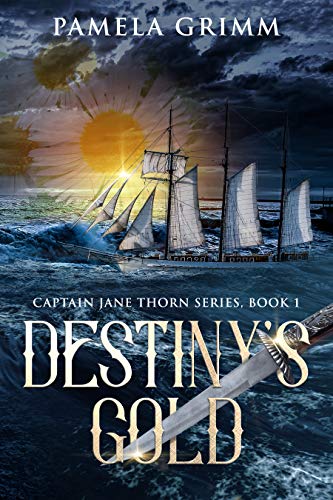


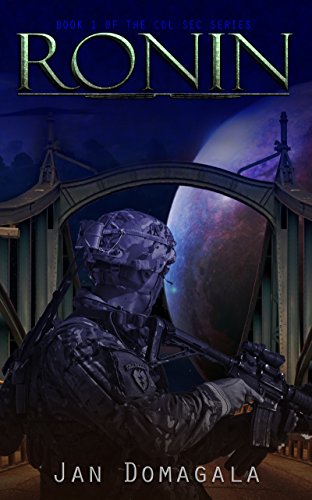
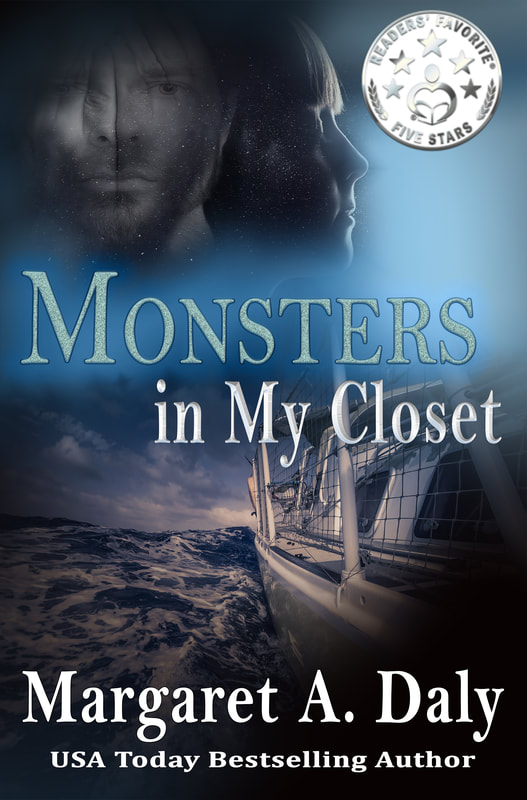
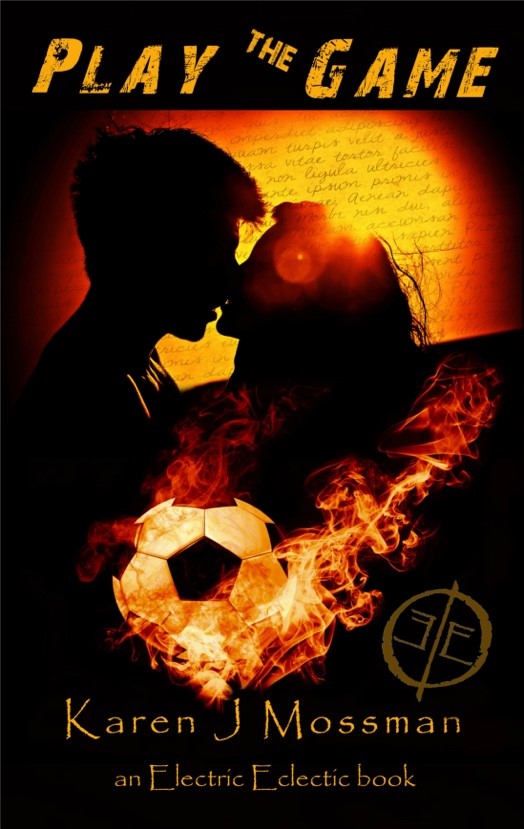
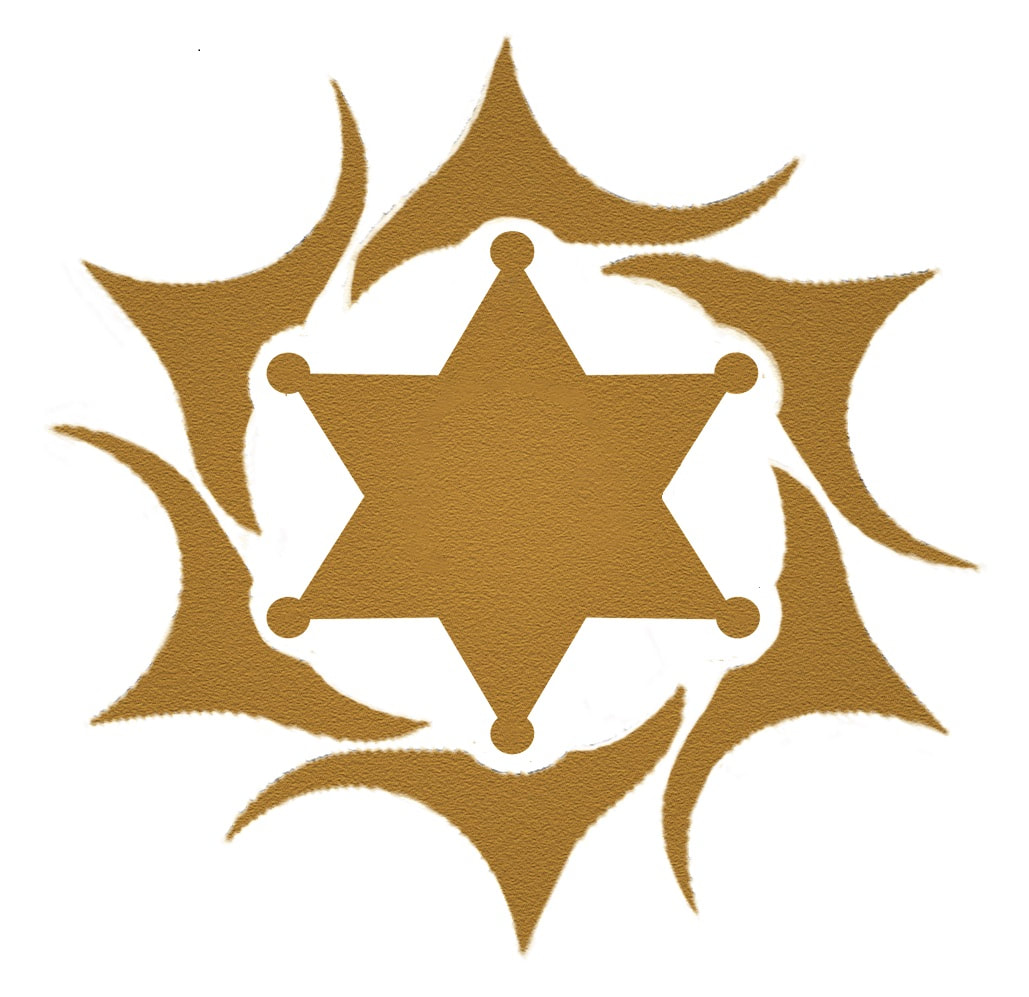




 RSS Feed
RSS Feed
